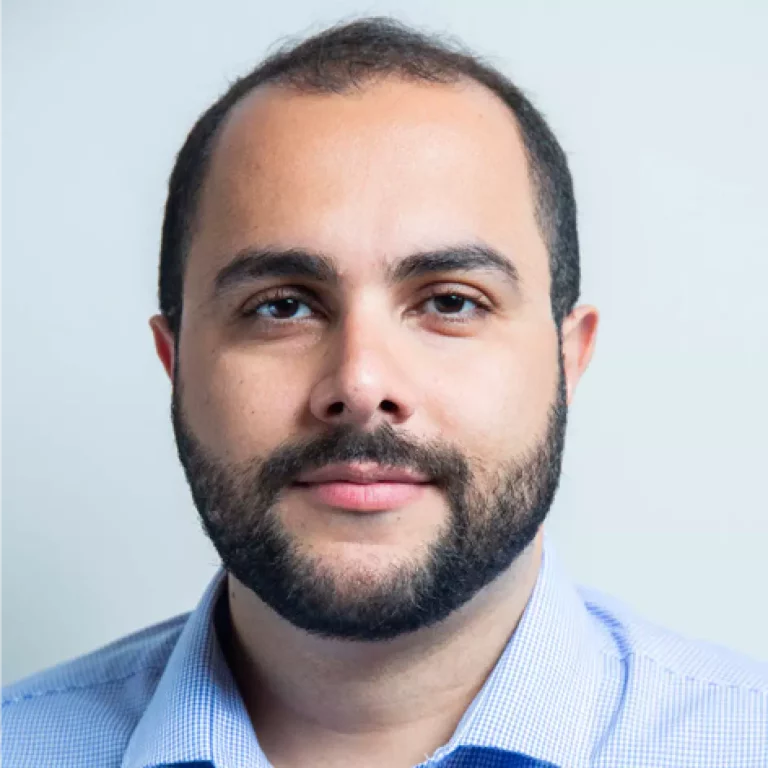Eduardo Carvalho is an independent curator known for his innovative approach to exhibitions and digital experiences. With a background in journalism, science communication and curatorial practices, he has developed a reputation for exploring contemporary themes and integrating technology into the art experience.
Carvalho has curated various exhibitions that often challenge traditional formats. He focuses on the relationship between art, audience, and the evolving digital landscape. He emphasises the importance of digital media in art today, creating interactive and immersive experiences that engage audiences beyond the physical gallery space and is known for integrating new technologies into his curatorial projects.
Eduardo Carvalho often collaborates with artists, technologists, and institutions to foster interdisciplinary projects that push the boundaries of conventional art practices. He is also involved in educational initiatives that make contemporary art more accessible and relevant to diverse audiences. For six years, he was a member of the curatorial team at the Museum of Tomorrow in Rio de Janeiro, where he was responsible for creating projects and exhibitions regarding innovation, food and the future, the pandemic, and the Amazon that reached more than one million visitors.
His work typically includes exhibitions that showcase emerging artists and initiatives that explore the intersection of art and technology. His curatorial projects might feature a mix of media, including installation art, video, and digital installations, reflecting current social and cultural issues.
He is interested in using culture, technology, gamification, and design to engage audiences with science and the climate emergency. His company, Outra Onda Conteúdo, is working on the conception of two new museums in Brazil and the Brazilian Pavilion at COP 29. In 2024, it opened an exhibition about the Bioeconomy in the Brazilian national capital. Carvalho is also one of the creators of the Climatic Education book collection, which focuses on teaching elementary school children in Brazil about solutions to climate change.
